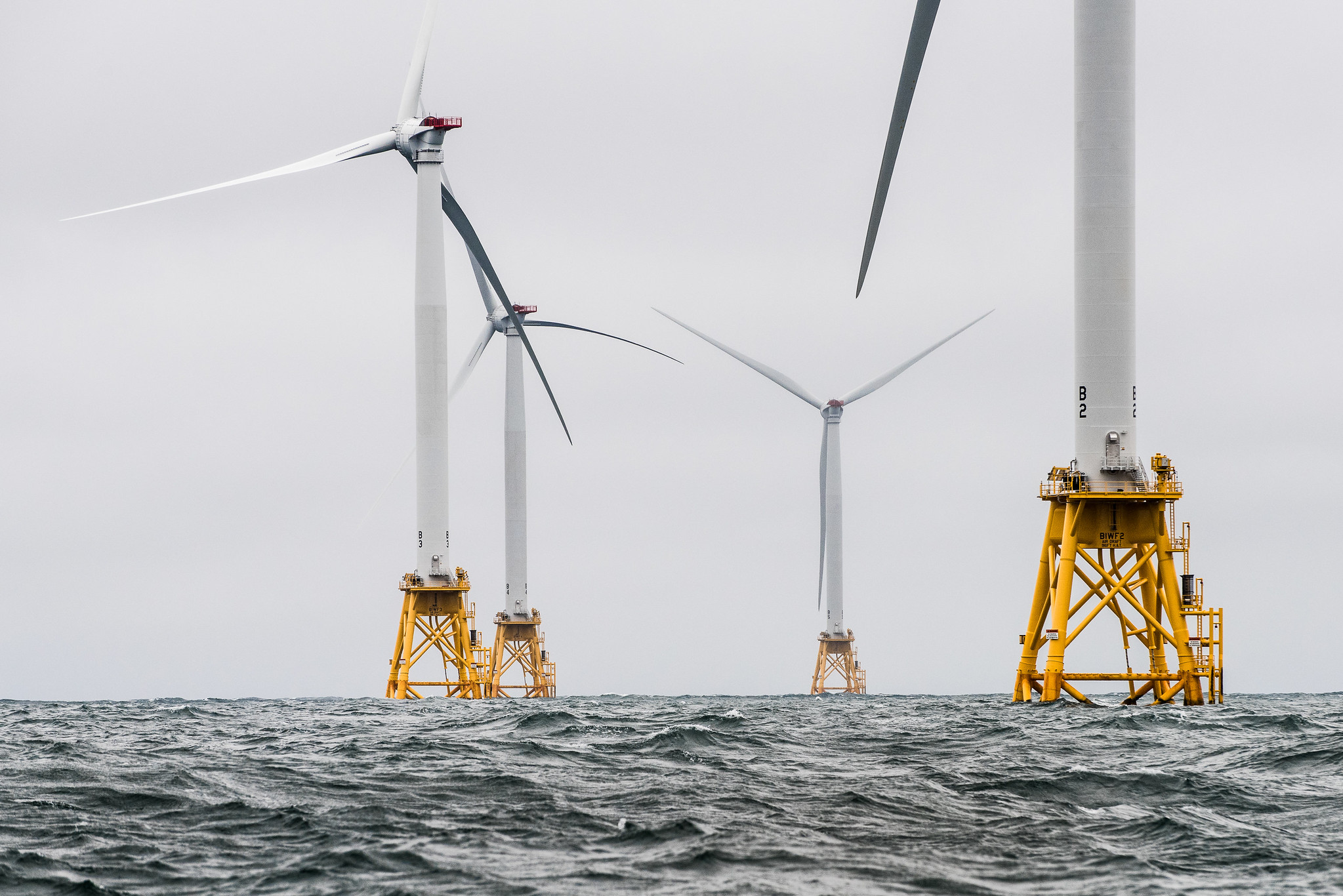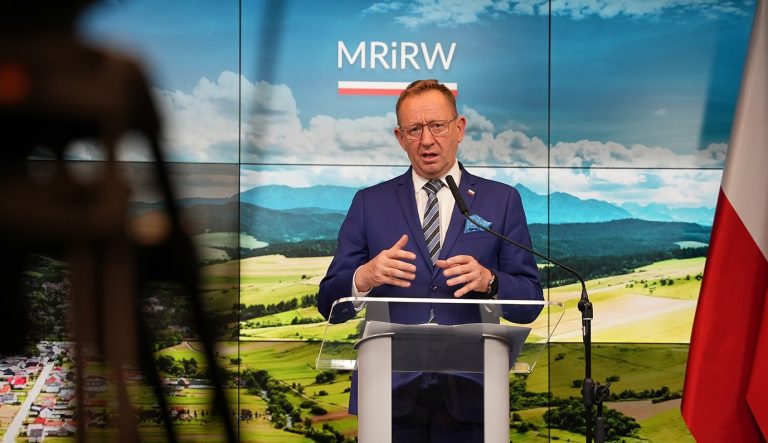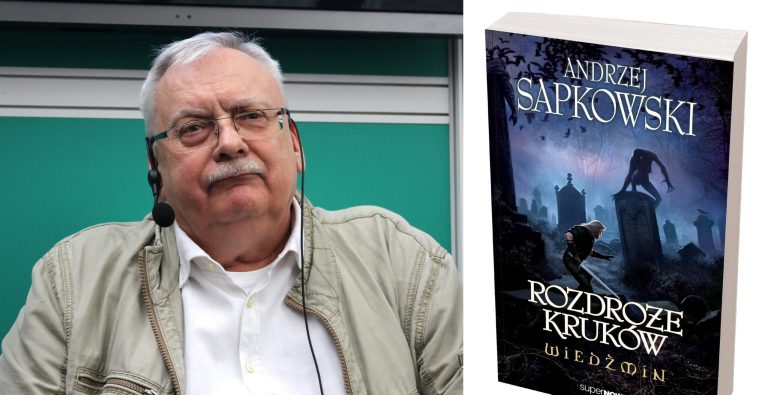EU approves €194m offshore wind farm terminal in Poland

The European Commission has approved Polish plans to use around €194 million (900 million zloty) of EU funds towards construction of a terminal for offshore wind farms in the city of Gdańsk.
The terminal will be located at the Baltic Hub – Poland’s largest container port – and will facilitate the installation and servicing of wind turbines in the Baltic Sea, which Poland plans to build as part of plans to generate up to 51% of electricity from renewables by 2040.
#EUStateAid #RRF Commission 🇪🇺 approves €194 million Polish 🇵🇱 investment aid under the Recovery and Resilience Facility to support construction of terminal in Gdańsk seaport 👇
🔗➡️https://t.co/dvaRZPT93q pic.twitter.com/UXTfGUy58G
— EU Competition (@EU_Competition) July 12, 2024
The funds will be allocated as part of the so-called National Reconstruction Plan (known as KPO in Polish), an implementation of the EU’s post-pandemic Recovery and Resilience Facility (RFF).
The total cost of the investment is estimated at 1.2 billion zloty (€253 million), with Istrana – the company responsible for the development of the Baltic Hub – covering the remaining 300 million zloty. European Commission approval was required for Poland to grant state aid to Istrana.
Construction will start at the beginning of the third quarter of this year and the terminal is expected to become operational in 2026. To accommodate the new facility, the Baltic Hub will be expanded by 21 hectares.
Sorry to interrupt your reading. The article continues below.
Notes from Poland is run by a small editorial team and published by an independent, non-profit foundation that is funded through donations from our readers. We cannot do what we do without your support.
Though Poland currently has no offshore wind farms, it plans to make them a key element of its green transition. The country’s current official energy plan anticipates offshore wind capacity reaching 5.9 GW by 2030 and 11 GW by 2040.
However, a more ambitious updated draft published last year by the previous government raised the latter figure to 18 GW and set a goal of generating 51% of Poland’s power from renewables by 2040.
Currently, Poland generates around two thirds of its electricity from coal, which is the highest proportion in Europe. Last year, however, it produced a record 26% of power from renewables, up from 19.3% the previous year.
Renewables generated a record 26% of Poland’s electricity in 2023, up from 19% the previous year.
However, coal continued to produce most of the country’s power, accounting for almost two thirds of the energy mix https://t.co/JQqfMkOK4I
— Notes from Poland 🇵🇱 (@notesfrompoland) January 3, 2024
The construction of Poland’s first offshore wind farm is set to begin this year. Known as Baltic Power, it is a joint venture between Polish state energy giant Orlen and NP Baltic Wind, a subsidiary of Canada’s Northland Power.
The wind farm will be located around 23 kilometres off Poland’s Baltic coast and will comprise of 76 250-metre-high turbines, each with a unit capacity of 15 MW. Orlen estimates that, once completed, the project will supply around 3% of Poland’s electricity needs.
Last year, the project secured €3.6 billion in loans from 25 Polish and international financial institutions, including the European Bank for Reconstruction and Development (EBRD), which will cover 80% of its costs.
Construction of Poland’s first offshore wind farm is set to begin.
The 1.2 GW capacity Baltic Power project – a joint venture between Polish state energy giant Orlen and Canada’s Northland Power – will supply around 3% of Poland’s electricity needs https://t.co/RlygocqgfZ
— Notes from Poland 🇵🇱 (@notesfrompoland) October 12, 2023
Main image credit: National Renewable Energy/Flickr (under CC BY-NC-ND 2.0)

Agata Pyka is an assistant editor at Notes from Poland. She is a journalist and a political communication student at the University of Amsterdam. She specialises in Polish and European politics as well as investigative journalism and has previously written for Euractiv and The European Correspondent.






